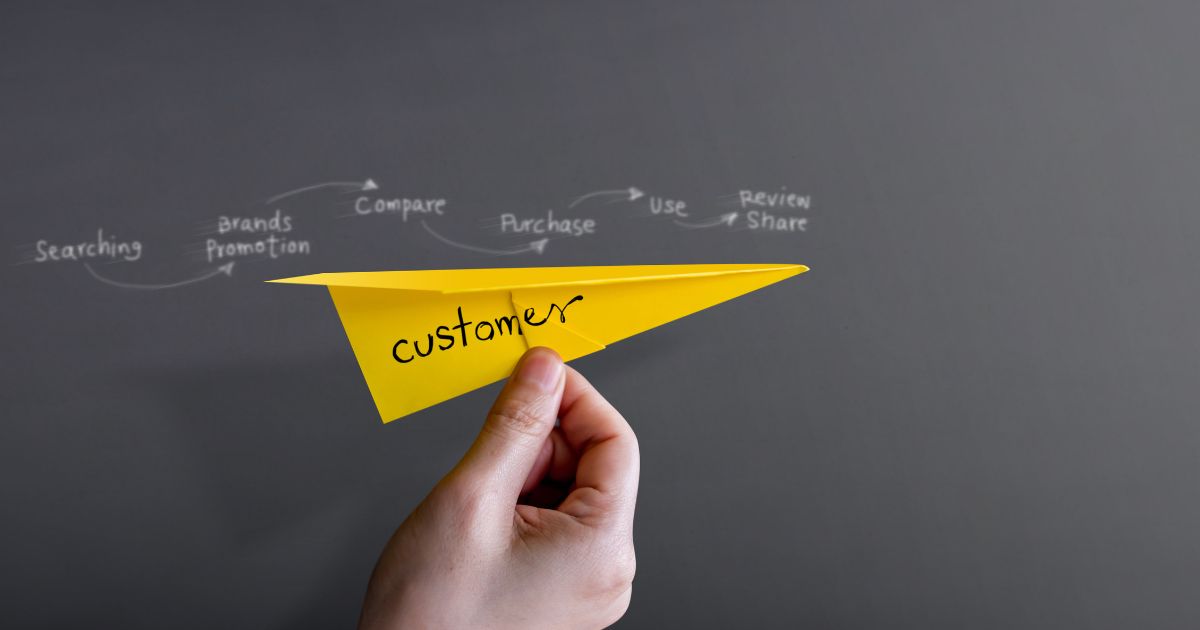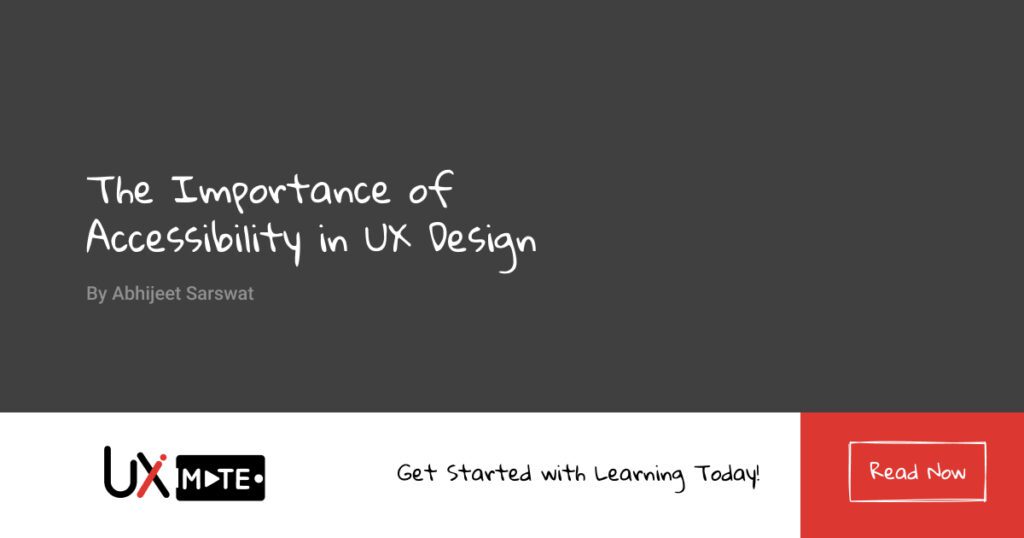In our previous article, we discussed the importance of creating user personas to understand our target audience. Today, we embark on a deeper exploration of the UX design journey by delving into the concept of user journey.
The term “journey” resonates with our real-life experiences. Just like embarking on a physical journey, we encounter multiple paths and modes of transportation. Whether we choose a bus, shared cab, bike, train, or flight, our decision is influenced by factors such as time, destination, purpose, and environment. Similarly, in UX design, user journey mapping is the process of defining the logical steps or pathways to accomplish a user’s goal or complete an interaction end-to-end. By considering all possible routes and understanding the underlying reasons for the journey, we can determine the optimal path to guide users towards their desired outcomes.

User journey mapping provides a visual representation of the various touchpoints and interactions a user has with a product or service. It enables designers to understand the user’s experience from the initial encounter to task completion. By mapping out the journey, designers gain valuable insights into the user’s perspective, identifying pain points and opportunities for improvement.
The benefits of user journey mapping
The benefits of user journey mapping are multifold. Firstly, it helps create a holistic understanding of the user’s experience, enabling designers to empathize with their needs and emotions throughout the journey. By gaining insights into the user’s mindset, motivations, and behaviors at each touchpoint, designers can craft experiences that resonate with users on a deeper level.
Additionally, user journey mapping allows designers to uncover pain points and areas of friction within the user experience. By identifying potential hurdles or roadblocks along the journey, designers can proactively address these issues and create solutions that streamline the user’s path towards their goal. This leads to improved user satisfaction and increased conversion rates.

Creating a user journey document
Creating a user journey document is a vital step in the UX design process. It serves as a blueprint that aligns stakeholders and design teams, ensuring a shared understanding of the user’s perspective. When designing a user journey document, consider the following steps:
1. Define the User Goals
Begin by identifying the specific goals that users aim to achieve when interacting with your product or service. Understand their motivations and desired outcomes.
2. Map the Touchpoint
Outline the key touchpoints where users engage with your product or service. This includes initial discovery, onboarding, task execution, and any interactions that occur along the way.
3. Identify Pain Points
Analyze each touchpoint to identify potential pain points or areas of friction. This could include confusing interfaces, lengthy processes, or lack of clarity in instructions.
4. Seek Opportunities for Improvement
Look for opportunities to enhance the user experience at each touchpoint. This could involve simplifying steps, providing clearer instructions, or introducing additional features that add value.
5. Iterate and Refine
User journeys are not set in stone. Continuously iterate and refine the user journey document based on user feedback, user testing, and evolving business objectives.
Conclusion
By creating a user journey document, you empower your design team with a shared understanding of the user’s perspective. It helps align business goals with user needs, resulting in a more effective and impactful user experience.
Unlock the full potential of your UX design process by embracing the power of user journey mapping. Craft seamless experiences that guide users along their path, address pain points, and exceed their expectations. Begin your journey towards user-centered design today and witness the transformative impact it has on your product or service.

